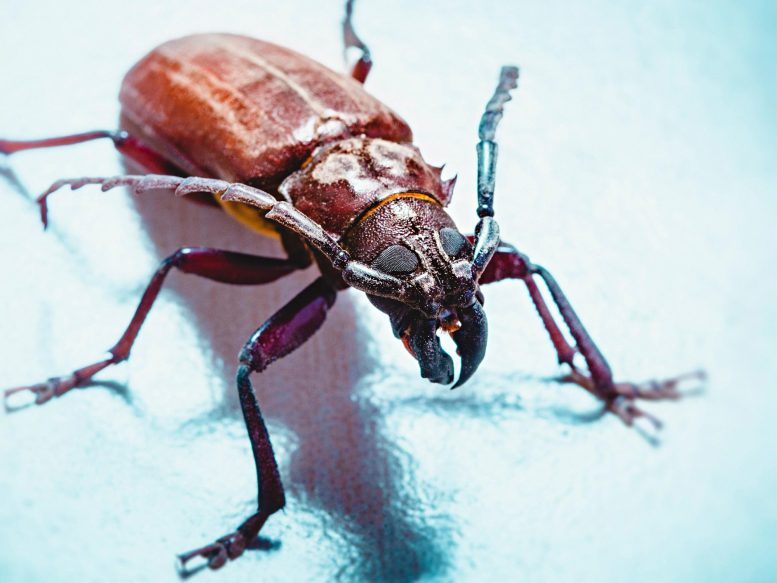
Researchers from Tokyo Metropolitan University have proposed a hypothesis to explain the scarcity of insects in marine environments. They believe that insects’ unique chemical mechanism, involving molecular oxygen and an enzyme called multicopper oxidase-2 (MCO2), for hardening their shells gives them an advantage on land but is a disadvantage in the sea.
New hypothesis says it’s to do with how they harden their shells.
Scientists propose that the unique enzyme MCO2, which helps insects harden their shells, is the reason for their rarity in marine environments but success on land.
Scientists from Tokyo Metropolitan University have proposed a hypothesis for why insects are so rare in marine environments. They previously showed that insects evolved a unique chemical mechanism to harden their shells which uses molecular oxygen and an enzyme called multicopper oxidase-2 (MCO2). Now, they argue that this gives them a disadvantage in the sea, while it confers advantages that help them on land, placing MCO2 at the heart of insect eco-evolution.
Insects are some of the most successful organisms on the planet. They are said to make up the most biomass of all terrestrial animals and have a significant impact on the global ecosystem. However, their abundance is matched by their startling rarity in the sea. Very few insects call the sea home, even though their biological ancestors came from there. It is a pervading mystery of science, one that scientists have been trying to answer for many years.
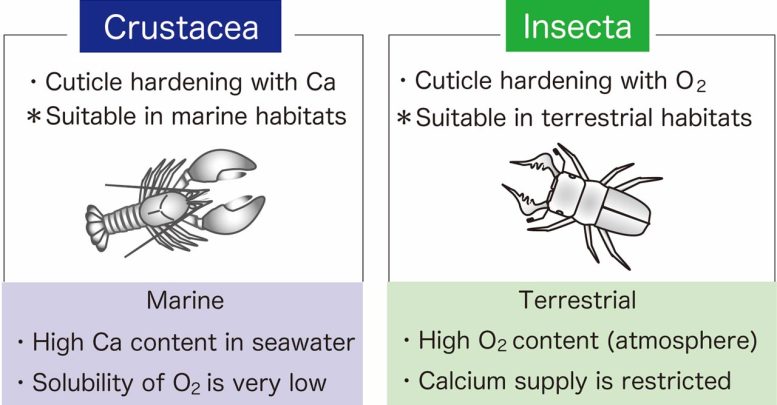
Crustaceans harden their shells with calcium, while insects harden them with oxygen. These match what is abundant in their respective habitats. Credit: Tokyo Metropolitan University
Now, researchers from Tokyo Metropolitan University led by Assistant Professor Tsunaki Asano have proposed a solution based on evolutionary genetics. The latest in molecular phylogenetics has taught us that both crustaceans and insects are part of the same family, Pancrustacea, and that insects were a branch that left the sea and adapted to the land. They share an important feature, an exoskeleton consisting of a wax layer and hard cuticle.
In previous work, the same team showed that when insects adapted to terrestrial environments, they evolved a unique gene that creates an enzyme called multicopper oxidase-2 (MCO2) that helps them harden their cuticles using oxygen. MCO2 mediates a reaction where molecular oxygen oxidizes compounds called catecholamines in the cuticle, turning them into agents that bind and harden the surface. This is in contrast to crustaceans who harden their cuticles using calcium from seawater instead. The team’s claim is that this makes the land far more suitable for insects due to the abundance of oxygen. The sea is now a harsh environment due to both the lack of oxygen and the abundance of better-adapted organisms.
But it is not just that the sea is not as hospitable for insects anymore. The hardening and drying of the cuticle via the MCO2 pathway lead to a biomaterial that is not only protective, but also lightweight. They postulate that this may be why insects gained the ability to climb plants, glide, and eventually fly. This allowed them to migrate and occupy previously empty niches in the ecosystem, a strong driving force that led to their sheer numbers. Again, this is in contrast to crustaceans, whose shells are significantly denser, with a strong correlation between density and the degree of calcification.
Of course, insects are hardly the only arthropods to adapt to the land, so it’s clear that MCO2 is not strictly necessary for success in “terrestrial niches.” However, the nature of insect cuticles speaks volumes about their success in the terrestrial environment. In fact, the team believes that MCO2 might be a defining feature of insects: “no MCO2, no insects.” Their work promises an entirely new highlight on the role that cuticle hardening might play in insect evolution and terrestrialization.
Reference: “Eco-evolutionary implications for a possible contribution of cuticle hardening system in insect evolution and terrestrialisation” by Tsunaki Asano, Kosei Hashimoto and R. Craig Everroad, 17 April 2023, Physiological Entomology.
DOI: 10.1111/phen.12406
Funding: Japan Society for the Promotion of Science

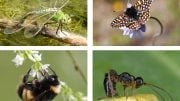
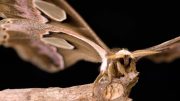


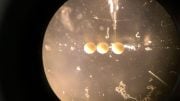
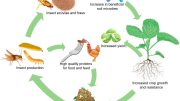
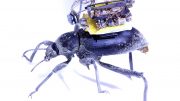
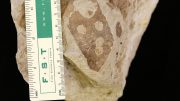
Be the first to comment on "Why Are There So Few Insects in the Ocean? Japanese Scientists May Have Solved the Mystery"